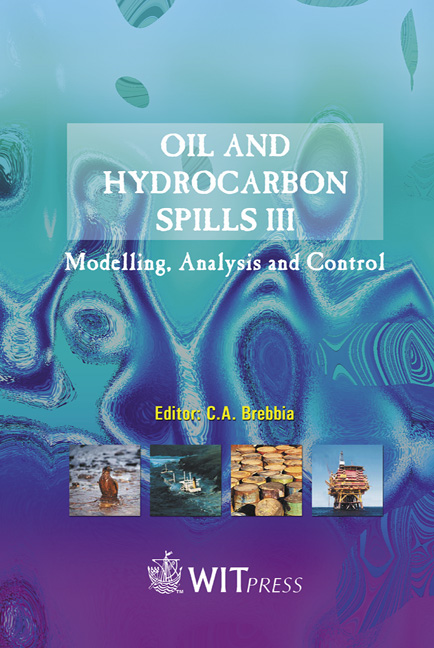A Non-isothermal Three-phase Pollutant Transport Model, Theoretical Formulation And Numerical Applications
Price
Free (open access)
Transaction
Volume
59
Pages
Published
2002
Size
428 kb
Paper DOI
10.2495/OIL020031
Copyright
WIT Press
Author(s)
A. Kaddouri & W. J. Ferguson
Abstract
A non-isothermal three-phase pollutant transport model, theoretical formulation and numerical applications. A. Kaddouri1 & W. J. Ferguson1. 1 Dept of Civil and Offshore Engineering. Heriot-Watt University. U.K. Abstract The purpose of this paper is the simulation of the non-isothermal flow and transport of contaminants in ground water systems. A system of six fully coupled non-linear partial differential equations were developed, in which the coupled flow of water, water vapour and heat is assumed to be governed by Philip and de Vries theory. The space discretisation is carried out using a modified Galerkin weighted residual finite element method with asymmetric shape functions. The resulting transient equations are then solved temporally by the generalised mid- point method, resulting in a system of six non-linear equations, in which the unknowns are the three fluid pressures, the temperature and the solute and gas NAPL concentrations. The accuracy and correctness of the model has been verified on a variety of isothermal and non-isothermal conditions. The results of subsets of problems analysed are shown to be in good agreement with analytical and other model simulators. 1 Introduction It is generally recognised that waste disposal and spill sites, in addition to leaking underground storage tanks, can constitute a serious environmental health hazard (Yong et al. [l]. It is, therefore, of great importance to both understand the processes of groundwater contamination and to check the effectiveness of the remediation method. To this end, numerical modelling can complement the laboratory, centrifuge, and field experiments. Several numerical formulations, mainly two-phase systems, have been devised for predicting the transport and fate of contaminants, especially NAPL. The majority of the numerical codes
Keywords





